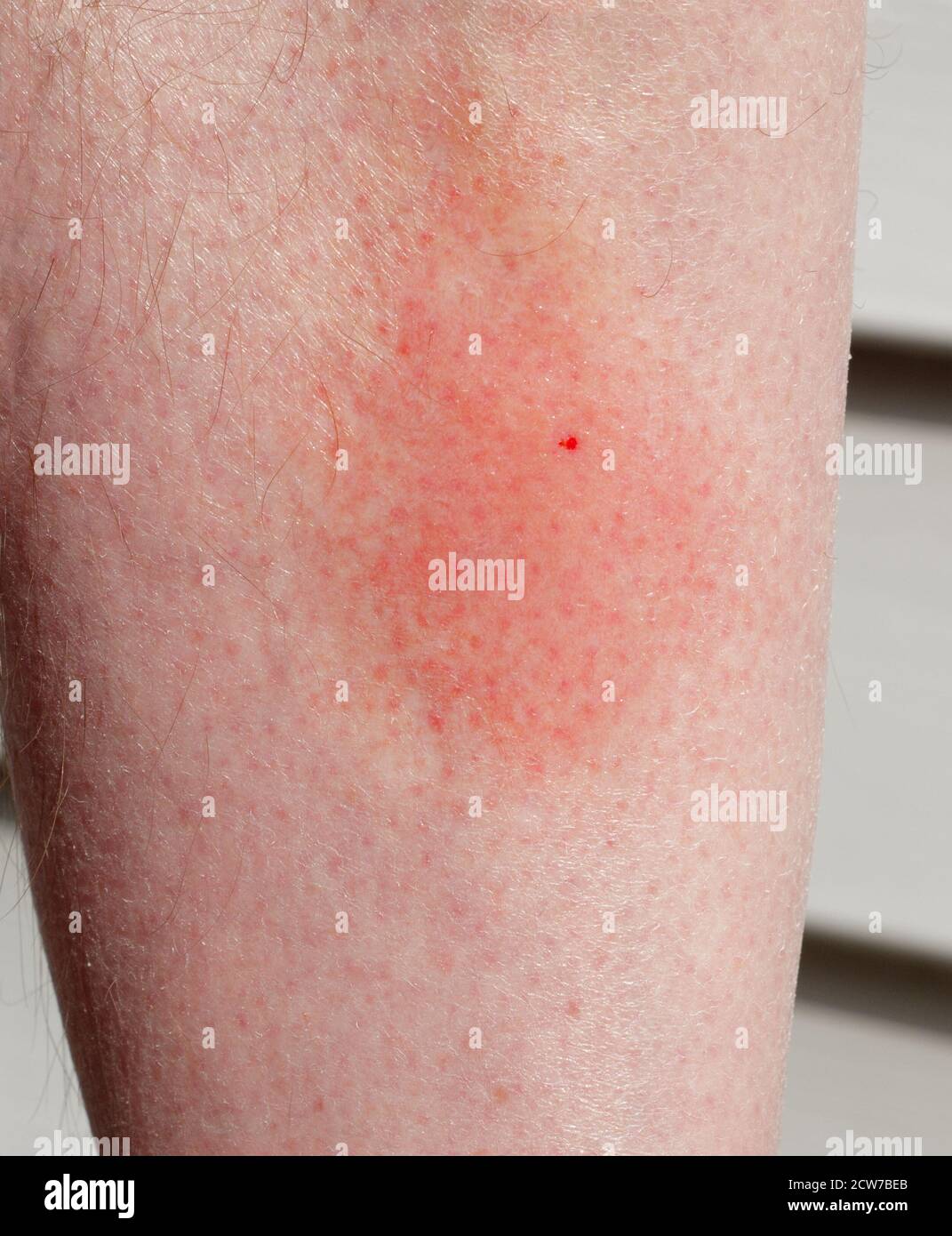
never leave out open soda cans or other drinks that could attract yellow jackets.always serve beverages in covered cups with straws when serving drinks outdoors.frequently empty trash cans and rinse them out to prevent buildup from spilled food items.always maintain tight-fitting lids on trash cans to prevent yellow jackets from taking up residence.To reduce the risk of a yellow jacket sting, people should: Fast movements can attract more yellow jackets, resulting in more stings. If a person does happen to come across a nest of yellow jackets, they should cover their face and walk away from the nest slowly. It is possible that a person can be stung by a yellow jacket once and not have a severe reaction, yet have a severe reaction to a subsequent sting.
#Bee sting infection skin
About 30 percent of those who experience a severe reaction to a yellow jacket sting also have other allergies that result in skin irritation. Infection usually sets in about 24 to 48 hours after a person has been stung.ĭoctors cannot always predict who will have a strong adverse reaction to a yellow jacket sting.Īccording to some research, developing an allergic reaction to yellow jacket stings does not seem to run in families.

If a sting reaction gets worse over time instead of better, a person should seek medical treatment. If a person develops hives that cause swelling, they should call their primary care physician or child’s pediatrician, as this can lead to anaphylaxis. If an adult or child is experiencing this, someone should call 911 or seek emergency medical treatment. The main symptoms are swelling of the airways, which can cause difficulty breathing and swallowing.Īnaphylaxis is a medical emergency. This reaction will usually occur within 2 hours after the person was stung. This is known as an anaphylactic reaction. Some people can sometimes experience a severe and life-threatening reaction to a yellow jacket sting, however. While these reactions are painful, they do not usually require a visit to the doctor or a trip to the emergency room. The swelling can vary based on the degree of reaction as well as the location where a person was stung.įor example, stings to the face tend to cause more pronounced reactions and swelling than stings elsewhere on the body.
Share on Pinterest People who are stung on the face are more likely to experience increased swelling.Įxamples of reactions to a sting include: People should carry this device with them at all times to reduce the risk of having an allergic reaction. If a person experiences serious allergic reactions, a doctor will typically prescribe an epinephrine injector, which is also known as an EpiPen. Severe allergic reactions are usually treated with an injection of epinephrine, which can reverse the effects of an allergic reaction. Benadryl is available for purchase over the counter or online. This medication can help to reduce hives or the severe itching that can sometimes accompany a yellow jacket sting. Taking a dose of diphenhydramine (Benadryl)

Some are available for purchase over the counter or online, such as acetaminophen or ibuprofen. Pain relief medications can help reduce the pain and discomfort associated with a yellow jacket sting. However, always wrap the ice pack in a cloth to protect the skin from damage. Rubbing a sting with an ice cube can help to reduce pain, as can applying an ice pack. Do not apply this paste near a person’s eye.Īnother option is to make a paste of baking soda. As a result, pain and swelling will decrease.

This powder contains enzymes that can neutralize the yellow jacket’s venom. Make a paste by mixing water and meat tenderizer powder. This medication is available over the counter or online and should be applied three times a day. Putting a 1 percent hydrocortisone cream onto the sting site can help to reduce itching and swelling. Share on Pinterest An over-the-counter cream can be used to reduce swelling and discomfort.


 0 kommentar(er)
0 kommentar(er)
